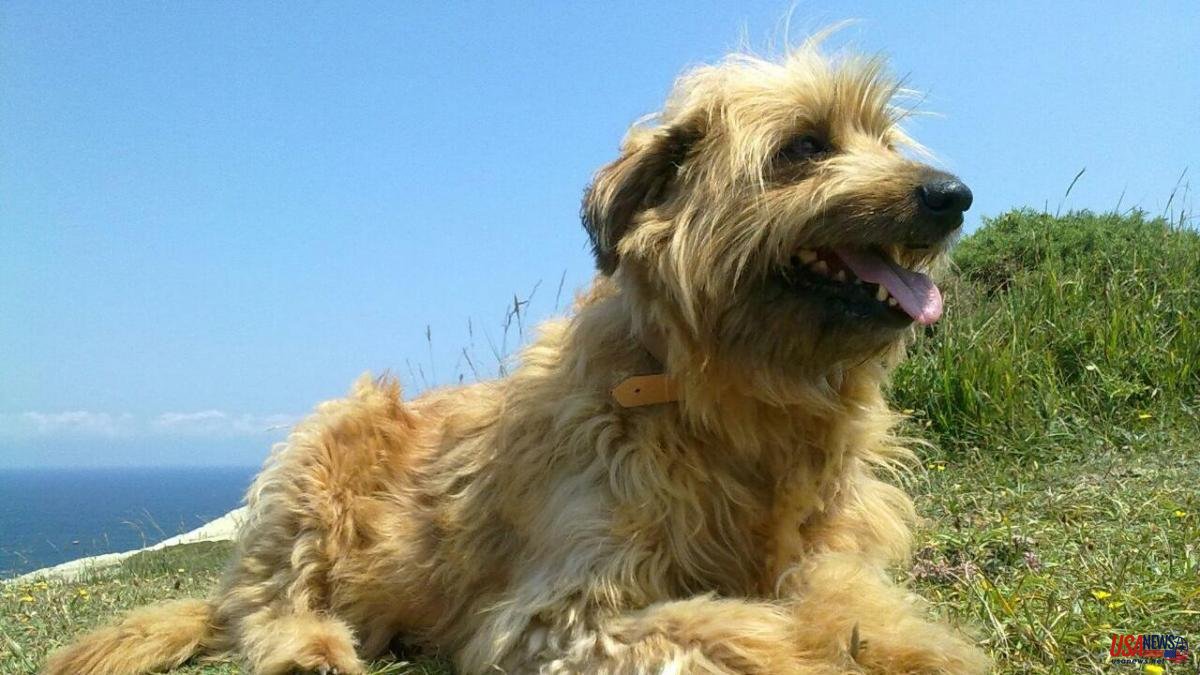The dog was the first species domesticated by humans. But when and where is still a matter of debate. And even more so when discoveries as surprising as the one we will tell you about below suddenly jump out and that unsettle all the existing and future theories.
In the distant 1985, an excavation directed by the archaeologist and anthropologist Jesús Altuna in the Erralla cave, in Zestoa (Guipúzcoa), unearthed an almost complete humerus of a canid, the family of carnivorous mammals that is made up of wolves, foxes , coyotes and also dogs.
At that time, no one could say exactly what species the bone belonged to. But recent analyzes carried out by the Human Evolutionary Biology group at the University of the Basque Country have led to the conclusion that the skeletal remains belonged to a domestic dog that lived around 17,000 years ago, during the Paleolithic.
As the researchers explain in an article published in the Journal of Archaeological Science: Report, this is the oldest specimen of canis lupus familiaris discovered in all of Europe, which has shaken all theories about dog domestication.
Some specialists had proposed that most dog lineages go back to ancient European wolves. Other authors, however, have suggested a dual origin in Europe and Asia. "The most recent proposals on the divergence of the canine lineage are between 17,000 and 10,000 years old," write the Basque experts.
Genetic analyzes place the divergence between the two canid species a little earlier, between 40,000 and 27,000 years ago. "It must be taken into account, however, that the differences in DNA do not have to coincide with domestication," the scientists point out in the recently published study.
This is why the discoveries of human and dog graves are so important, pointing to a unique link between the two species. The oldest, found in Bonn-Oberkassel (Germany), date from about 14,000 years ago, during the Upper Magdalenian.
The morphological, radiometric and genetic analysis of the dog from the Erralla cave, found some 10 kilometers from the Cantabrian Sea, has ruled out that the humerus belonged to a dole or Asian wild dog (Cuon alpinus). In addition, it has been possible to determine that it shares a mitochondrial lineage (inherited from the mother) with the few Magdalenian specimens analyzed. And its origin is linked to a period of cold weather coinciding with the Last Glacial Maximum, which occurred in Europe about 20,000 years ago.
Carbon-14 and particle accelerator mass spectrometry dating the humerus of canis lupus familiaris gives it an age of between 17,410 and 17,096 years, making it one of the oldest domestic dogs to have existed in Europe to date. .
"These results raise the possibility that wolf domestication occurred earlier than proposed, at least in Western Europe, where Paleolithic hunter-gatherer interaction with wild species such as Canis lupus lupus may have been enhanced in areas of glacial refuge. (like the Franco-Cantabrian strip) during this period of climate crisis”, concludes Conchi de la Rúa, head of the Human Evolutionary Biology group at the University of the Basque Country.













